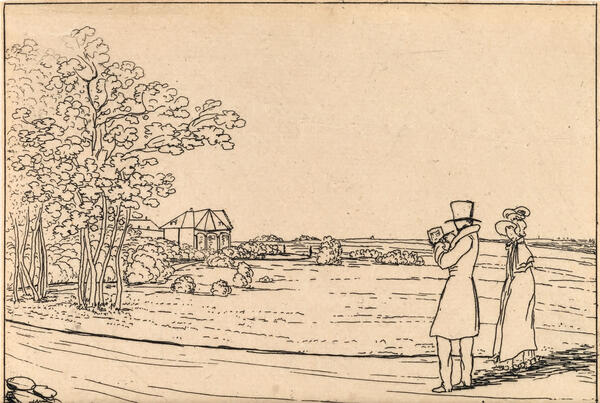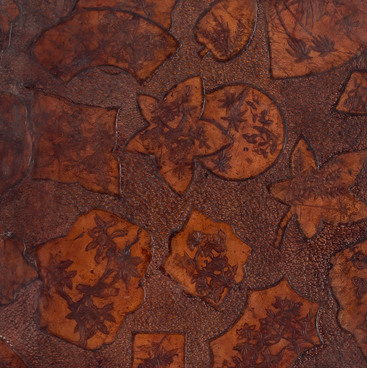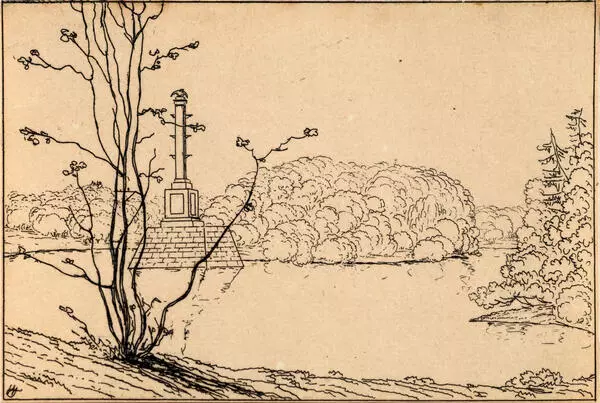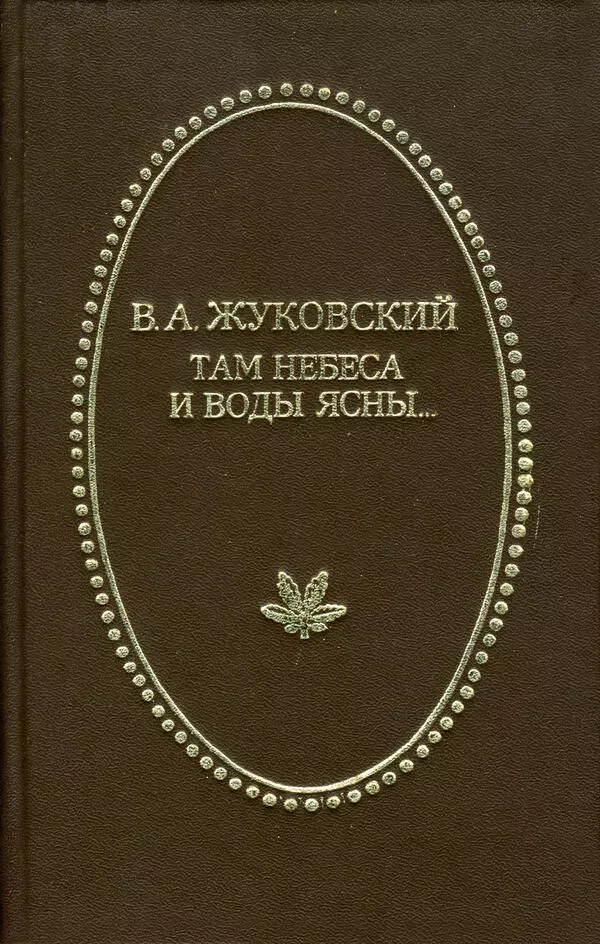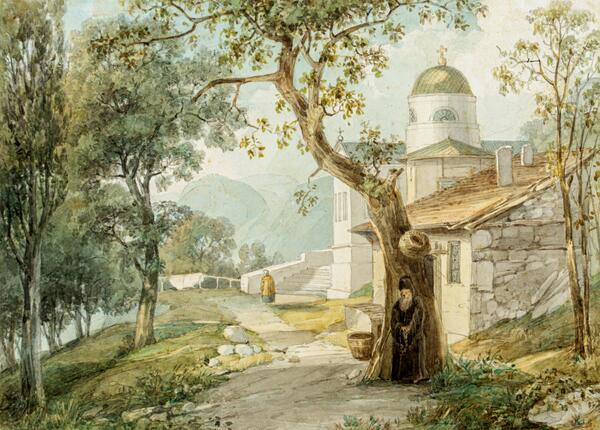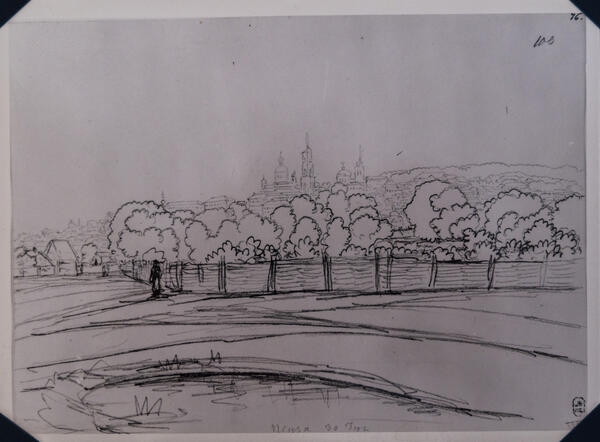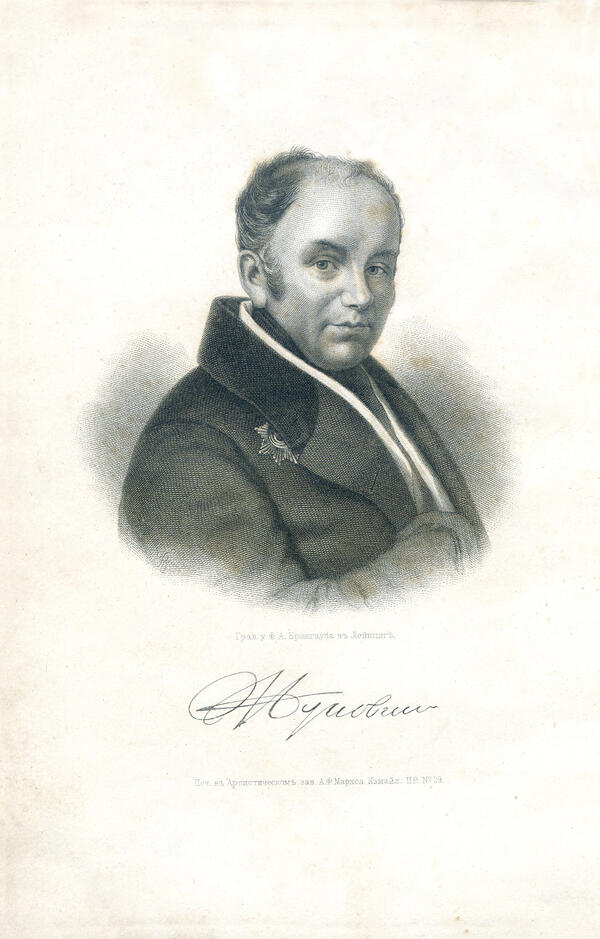Vasily Zhukovskiy is known mainly for his poetic works in the spirit of romanticism. He was also one of the first successful poets to celebrate the gift of Evgeniy Boratynskiy and support him. But his heritage as an artist is also huge. It has about 2,000 works. Most of them are drawings in pencil and ink, as well as works of printed and book graphics, works performed in watercolor and gouache.
As a rule, Zhukovskiy painted panoramic landscapes with city views, landscapes, architectural monuments of various kinds, which he discovered during numerous travels in Europe and Russia. One of the central places in his artistic heritage is also occupied by the views of the suburbs of Petersburg. Several albums and individual sheets with etched views of Peterhof, Tsarskoye Selo, Gatchina and Pavlovsk were published.
Zhukovskiy became interested in the technique of calligraphic etching in 1816, when he met Karl August Senff, a professor at the University of Derpt. Subsequently, he became close to Nikolai Utkin, a professor of the Academy of Arts, the famous engraver, with whose direct participation most of the works of the poet’s printed graphics were created.
The eight Zhukovskiy’s calligraphic etchings, made in the early 1820s, are dedicated to the views of Tsarskoye Selo. This calligraphic etching from the museum’s collection depicts a panoramic landscape with an architectural monument - a fragment of the Imperial Farm in Tsarskoye Selo.
The Imperial Farm complex was built in 1818-1828 by the design of the Scottish architect Adam Menelaws on the site of an old wooden cattle yard. At the same time, the imperial farm served not only for supplying the royal court’s products. It also selected the best breeds of cattle for the entire Russian livestock production.
The artist painted the outbuilding out of all the farm buildings. There is an image of a man sketching in a notebook and a woman standing next to him in the foreground on the right of the image. It is generally believed that the man is Zhukovskiy himself engaged in painting a landscape.
Zhukovskiy’s drawings usually almost never depict events or movement. When a poet places a figure on a picture, it is most often depicted from the back or in profile, as on this etching. As is known, in his drawings he liked to introduce a subjective, personal element, often portraying himself admiring the view.
As a rule, Zhukovskiy painted panoramic landscapes with city views, landscapes, architectural monuments of various kinds, which he discovered during numerous travels in Europe and Russia. One of the central places in his artistic heritage is also occupied by the views of the suburbs of Petersburg. Several albums and individual sheets with etched views of Peterhof, Tsarskoye Selo, Gatchina and Pavlovsk were published.
Zhukovskiy became interested in the technique of calligraphic etching in 1816, when he met Karl August Senff, a professor at the University of Derpt. Subsequently, he became close to Nikolai Utkin, a professor of the Academy of Arts, the famous engraver, with whose direct participation most of the works of the poet’s printed graphics were created.
The eight Zhukovskiy’s calligraphic etchings, made in the early 1820s, are dedicated to the views of Tsarskoye Selo. This calligraphic etching from the museum’s collection depicts a panoramic landscape with an architectural monument - a fragment of the Imperial Farm in Tsarskoye Selo.
The Imperial Farm complex was built in 1818-1828 by the design of the Scottish architect Adam Menelaws on the site of an old wooden cattle yard. At the same time, the imperial farm served not only for supplying the royal court’s products. It also selected the best breeds of cattle for the entire Russian livestock production.
The artist painted the outbuilding out of all the farm buildings. There is an image of a man sketching in a notebook and a woman standing next to him in the foreground on the right of the image. It is generally believed that the man is Zhukovskiy himself engaged in painting a landscape.
Zhukovskiy’s drawings usually almost never depict events or movement. When a poet places a figure on a picture, it is most often depicted from the back or in profile, as on this etching. As is known, in his drawings he liked to introduce a subjective, personal element, often portraying himself admiring the view.

